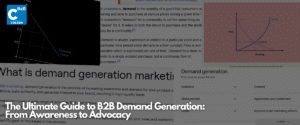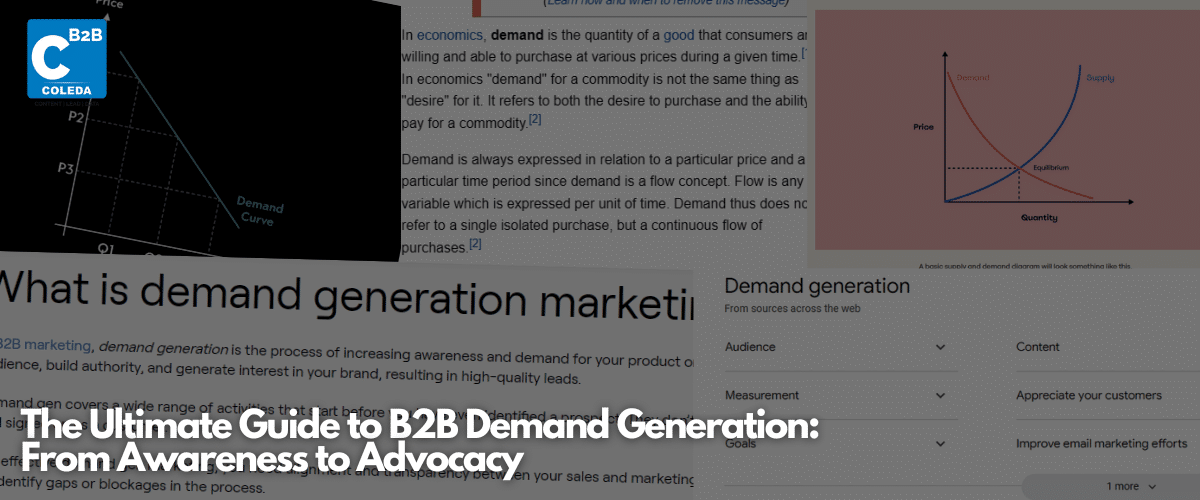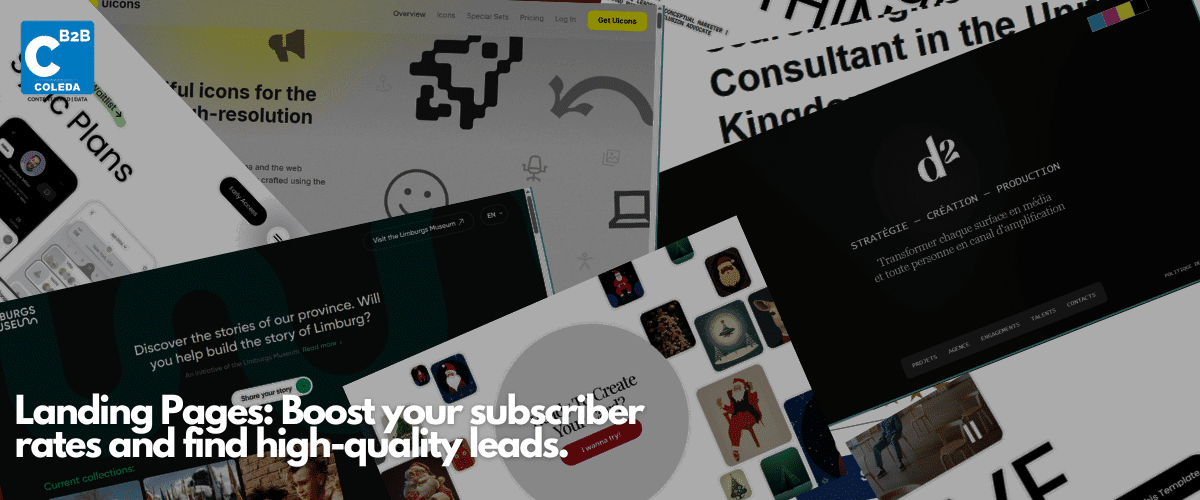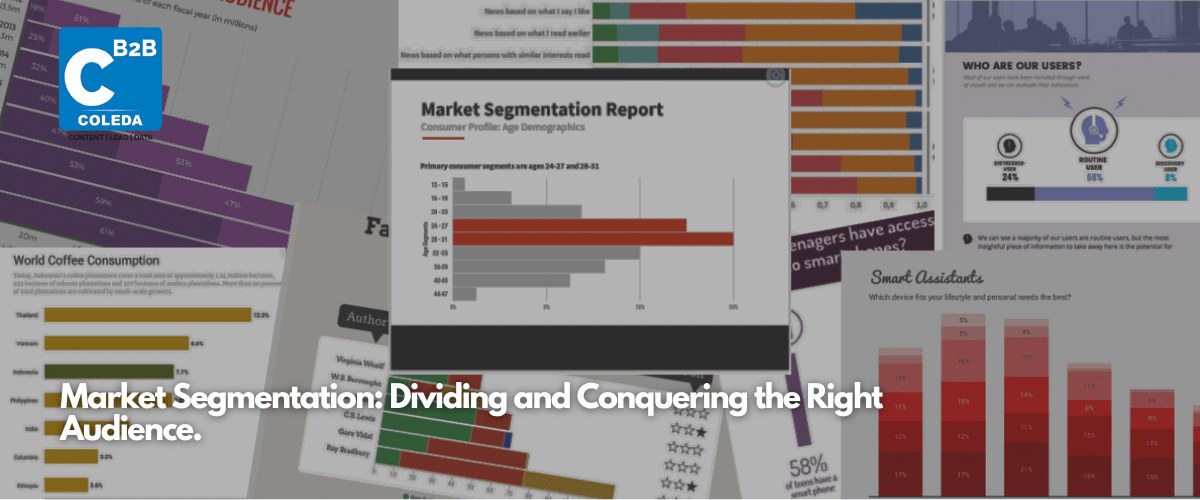Multichannel V Omnichannel Marketing

Eureka! An idea clicks. And your product is created. You have solved a pain point and are now ready to launch it into the world. But you face challenges, and they are not technical. This time, the challenge is to reach your audience. You may have a small team, or you may not. You may have funds, or you may not. All you have is the determination to solve a problem, and you will not rest till you solve it!
You ask yourself and your team: How do we market our product? As you research you will find many avenues that help you reach your customers and help them better understand your goals, mission, and intent. These avenues are your channels. To market your product through these channels, you will find yourself tackling two strategies, these are multichannel and omnichannel marketing strategies.
As you dive deeper into the marketing rabbit hole, you must understand which strategy is perfect for your business. And we have the answer for you.
First, we will define these two terms.
Multichannel and Omnichannel Marketing
Multichannel Marketing:
Imagine a path. You may want your buyer to buy your product or find it naturally. You will use ways to reach there. These paths are channels —From social media platforms to ads on the radio! By using these channels, you have reached your audience. That is the multichannel experience. It is reaching your user base through all the avenues available to you.
These paths are, but not limited to:
1. Social media channels like:
- LinkedIn, Etc.
2. Blogs
- Your in-house website
- Medium
- Guest blogs
3. Email Marketing
- Welcome Emails
- Lead nurturing emails
- Promotional email
- Newsletter emails
4. SEO
- Your blog posts for organic growth
- Your website
- And how you tune your content for search engines like Google, Bing, DuckDuckGo, etc.
These are but a few channels that you will use to reach your audience.
Multichannel marketing is perfect for businesses with limited resources. It is easy to set up and can have tremendous ROIs.
Whether your team is breaking those email marketing benchmarks or actively targeting your selected demographic. A multichannel strategy will help you laser-focus on the exact content you wish to deliver to your audience.
You can cater your ads and creatives to your audience’s preferred channel. Making it highly effective for reaching an audience base that is diverse across all channels.
Omnichannel Marketing

Omnichannel means all channels. What do we mean by all channels? The answer is not in the name.
Omnichannel refers to the way all channels work together to give your audience/user a unified and fluid experience. It follows a user’s journey in its entirety. Creating a rhythm that is cohesive and consistent with the user’s identity.
Let us clarify: You must have spent some time on Amazon’s app and website.
What do you see? Your recommendations, your cart, and your purchases are visible to you. This history is also visible on your website whether you are on your PC, your tablet, or your phone. Amazon is providing you with an omnichannel experience.
Whether you are moving from the app to the website, your movement and purchases are carried over from one medium to another.
Let us take another example,
The retail giant Walmart: Has an app called Walmart: Grocery & Shopping
From the app, you can:
- Order your groceries and pick them up from the store.
- Use the app to scan the barcode and skip the traditional checkout line.
- Check whether an item is in stock or not.
- Check if the local Walmart store has any sales relevant to you.
This robust omnichannel strategy encompasses the marketing journey completely. Giving you, the marketer, an effective way of providing the necessary information to your users, enriching their shopping/product experience.
The advantage an omnichannel marketing strategy provides is monumental.
According to a report from McKinsey – Sephora discovered that their online engagement was driving their offline store sales. This omnichannel strategy saw them hitting record sales in 2020, helping them plan a major expansion of their physical store footprint.
Omnichannel VS Multichannel: Key differences
We have understood what each strategy has to offer. Both channels have benefits and strengths that can help you reach your audience. The question remains: Which one should you choose?
Let us break down the key differences between omnichannel and multichannel strategies so that they may better help you make your decision.
1. Marketing funnel
- Multichannel marketing helps you target your audience at any point in the marketing funnel.
- On the other hand, omnichannel strategies follow your audience/user throughout their marketing funnel journey with personalized experiences.
2. Ad integration
- Multichannel offers a unique experience across all the channels. What you target for LinkedIn might change over on Instagram because the audience and tone changes.
- With omnichannel, the user is shown personalized ads. And it is the same across all the channels.
3. Cost
- Your multichannel strategy will be cost-effective, making it the perfect strategy for a business with tight finances.
- However, an omnichannel strategy requires vast data management and changes in the workflow for a seamless experience. This, even though an amazing investment still cannot be called cost-effective.
4. Customer experience
- With your multichannel strategy, the customer experience is disjointed. It will change from channel to channel, on your users’ personas and created demographics.
- Omnichannel strategies will provide a seamless and highly personalized experience for the user. Fostering a deep sense of engagement and loyalty.
The Takeaway
As you can see, multichannel and omnichannel marketing offers a rich experience for your user. It depends on what you are looking for in your strategy and how you intend to implement it.
Benefits of omnichannel strategies indeed have an edge over multichannel ones but that doesn’t take away from its strengths. Not only is multichannel cost-effective, but it can also help you target broad demographics.
But with an omnichannel mode of reaching your audience, the experience is unique and one-of-a-kind. Pushing the boundaries of what is possible between the communication of a user and marketer.
These strategies will ensure that you build a unique connection with your audience. They will keep coming back to you for more because they know you understand them.
Potentially reaching the hearts and minds of millions of people. As they come to resonate with your brand, you will find a customer base that not only adores you but has come to consider themselves part of your family.









